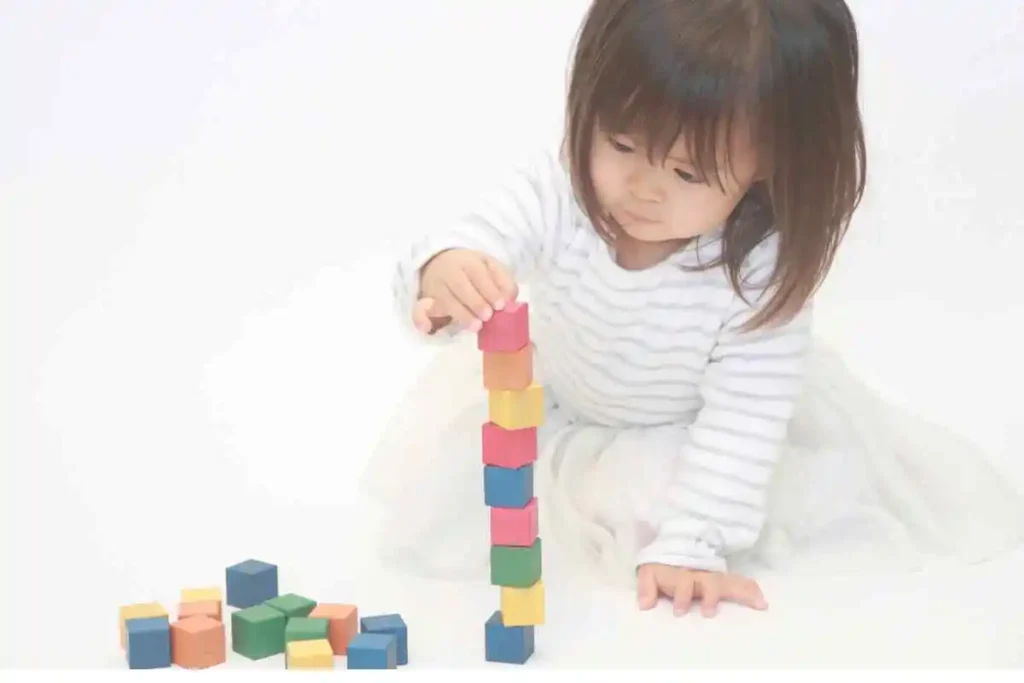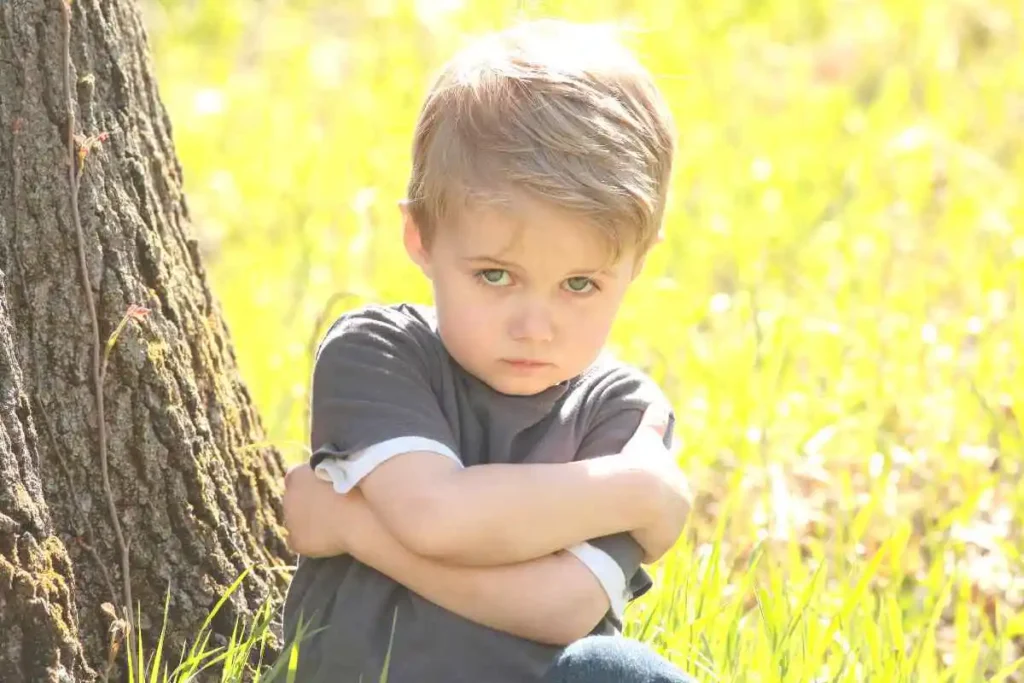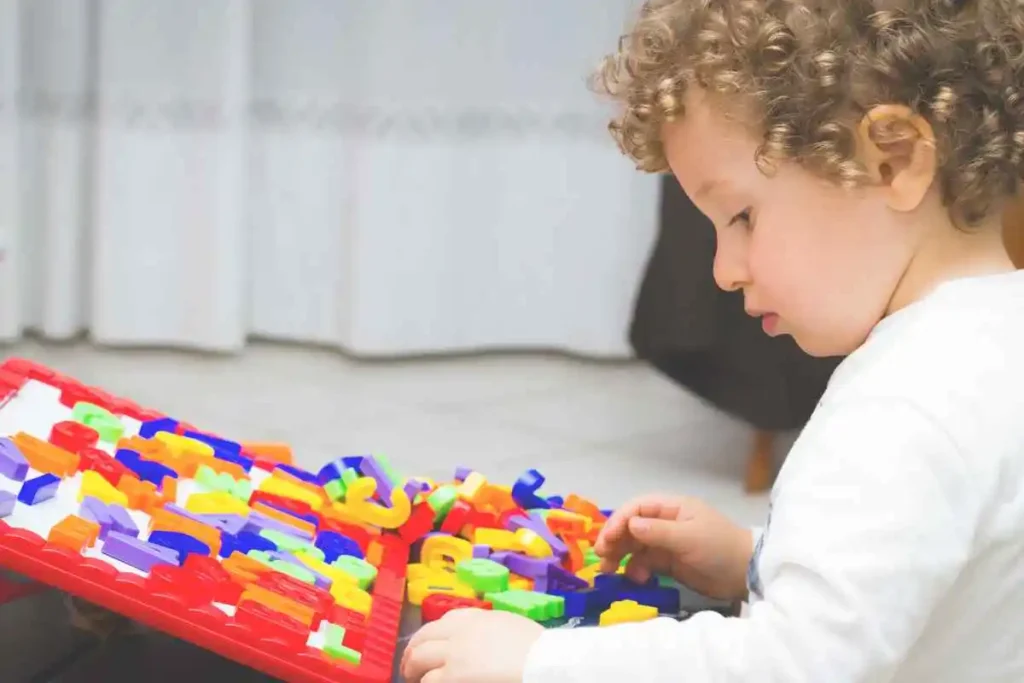
As a mom who’s seen firsthand the energy and curiosity of a 2-year-old, I know it can be challenging to find activities that are fun, educational, and (let’s be honest) manageable! Kids at this age are eager to learn, explore, and absorb everything around them, making it the perfect time to introduce simple, playful learning activities that help develop early skills.
In this post, I’ll share my favorite 2 year olds learning activities that are great for social, emotional, and cognitive development. You’ll find suggestions that are super easy to set up, like printable learning activities for 2 year olds, hands-on activities, and social and emotional learning activities that will keep your toddler engaged. Plus, I’ve included some fantastic resources from Amazon and TeacherPayTeachers that will add a boost to your learning toolkit.
Table of Contents
Why Focus on Learning Activities for 2 Year Olds?
Two-year-olds are at a pivotal stage of development. They’re developing language, social skills, motor abilities, and, yes, tons of emotions. Toddlers may not be ready for school, but they’re still absorbing new skills like little sponges. By giving them fun, structured activities, you help foster a love of learning, create structure, and encourage healthy brain development.
And don’t worry – the learning activities below are designed with simplicity in mind. So let’s dive into some engaging, fun, and educational activities that both you and your toddler will enjoy!
Engaging 2-Year-Old Learning Activities for Skill Development
1. Sensory Play and Social and Emotional Learning Activities

Nothing captivates a 2-year-old like sensory play. Sensory activities help toddlers explore textures, smells, and sounds while also learning social skills like sharing and turn-taking. Try filling a plastic bin with rice, beans, or sand and add cups, scoops, and small toys for a little “sandbox” adventure.
- How it helps: Sensory play is a fantastic social and emotional learning activity because it encourages sharing, patience, and cooperation. Plus, it’s a great way to introduce concepts like colors, shapes, and sizes.
- Related Resource: Try this Sensory Bin Starter Kit on Amazon for an easy, mess-free setup.
2. Printable Learning Activities for 2 Year Olds
Printables are lifesavers for busy moms. There are tons of printable learning activities for 2 year olds that teach counting, colors, and even basic problem-solving skills. Look for printable matching games, color-by-number pages, or animal puzzles. These printable resources are affordable (some even free) and keep toddlers entertained without much prep.
- How it helps: Printables teach basic cognitive skills while strengthening fine motor skills through coloring and tracing.
- Related Resource: TeacherPayTeachers has a huge selection of affordable and free printables designed specifically for toddlers. Look for age-specific resources to meet your child’s level.
3. Sticker Sorting – Fine Motor Fun with Learning Potential
Grab a variety of stickers and some colored paper, and let your toddler get to work matching stickers to colors. Give them guidance, but let them explore the concept of matching colors on their own. This simple activity for toddlers also helps build fine motor skills as they peel and stick!
- How it helps: Sorting by color encourages color recognition, fine motor skills, and focus.
- Related Resource: Check out this set of colorful animal stickers on Amazon, which works perfectly for this activity.
4. Nature Walk Scavenger Hunt
This is a perfect outdoor activity for a 2-year-old. Print out a simple scavenger hunt checklist with items like leaves, rocks, and flowers. Go outside, walk around, and see what you can find together!
- How it helps: Nature walks build observation skills, while scavenger hunts introduce the concept of matching and categorizing.
- Related Resource: TeacherPayTeachers has printable scavenger hunt lists for nature walks that are perfect for toddlers and can be reused in different environments.
5. Color Matching with Household Objects
One of my favorite things about teaching colors is that you don’t need fancy toys – just household items! Use colored paper or cups and have your child sort objects by color, like spoons, toy blocks, or even socks.
- How it helps: Color sorting builds early categorizing skills, color recognition, and strengthens social skills if you work together as a team.
- Related Resource: This color sorting set on Amazon includes cups and blocks specifically designed for color-matching activities.
Social and Emotional Learning Activities for Toddlers
Incorporating social and emotional learning activities into play is a wonderful way to help toddlers express themselves, practice empathy, and understand emotions. Here are a few toddler-friendly SEL activities that require minimal setup:
1. Emotion Face Matching
Cut out pictures of different faces from magazines or print them. Ask your toddler to match faces showing the same emotion or guess how each person feels. You can also look in a mirror and make faces to see how emotions look on them!
- Why it works: This is a core social and emotional learning activity that teaches empathy, emotional recognition, and self-awareness.
- Related Resource: This Emotion Cards Set on Amazon is perfect for this activity and can be used in other SEL games.
2. Family Photo Album Time
Look through family photos with your toddler and talk about each person within the photos. Discuss feelings, events, and the family relationships in each photo. It’s a great way to connect and build family bonds while discussing emotions.
- Why it works: Reviewing family photos helps toddlers understand relationships, family structure, and different emotions.
Language and Communication Activities for Toddlers

1. Simple Flashcard Games
Flashcards are versatile and incredibly helpful for language development. Start with a few simple words or images that your child recognizes, like animals, fruits, or colors. Show the card, say the word, and see if they can repeat it.
- How it helps: Flashcards build vocabulary, introduce new concepts, and strengthen cognitive connections.
- Related Resource: Amazon has an extensive selection of beginner flashcards for toddlers, perfect for a 2-year-old’s level.
2. Story Time with Emotions
Reading with your child is always valuable, but try adding an emotional twist! When reading, point out how characters feel and ask your toddler to guess or imitate those feelings.
- Why it works: This activity combines language learning with social and emotional learning by building empathy and understanding of emotions.
Hands-On Math Activities for 2 Year Olds
1. Counting with Building Blocks
Blocks aren’t just for building towers they’re also great for teaching counting. Set up a few blocks in different numbers and let your child practice counting. This is a fantastic way to introduce numbers without too much structure.
- How it helps: Counting with blocks encourages number recognition, hand-eye coordination, and focus.
2. Shape Sorting Baskets
Use small baskets or containers labeled with shapes and let your toddler place the correct items in each. This activity works well with blocks, toy food, or even rocks you find outside!
- How it helps: Shape sorting encourages early geometry skills and helps toddlers develop spatial awareness.
Recommended Products for 2-Year-Old Learning Activities
Here’s a quick roundup of must-have resources that will keep your toddler engaged:
- Sensory Bin Starter Kit – Ideal for sensory play, find it on Amazon here.
- Emotion Flashcards – Great for SEL activities, available here on Amazon.
- Color Sorting Cups and Blocks – Perfect for color-matching activities, get it on Amazon.
Related Articles
Here are five articles to explore further if you’re looking to enrich your toddler’s learning:
- Fun and Simple Social Emotional Learning Activities for Kids
- Boost Early Communication Skills with Flashcards
Learning Through Play with Your Toddler
With a little creativity, any day can become a learning adventure for your toddler. 2 year old learning activities don’t need to be complex or costly – many of the best ideas use materials you already have at home. And remember, the best part of all this isn’t just the new skills your child gains but the quality time you spend together. Here’s to many joyful, educational play sessions with your little one!